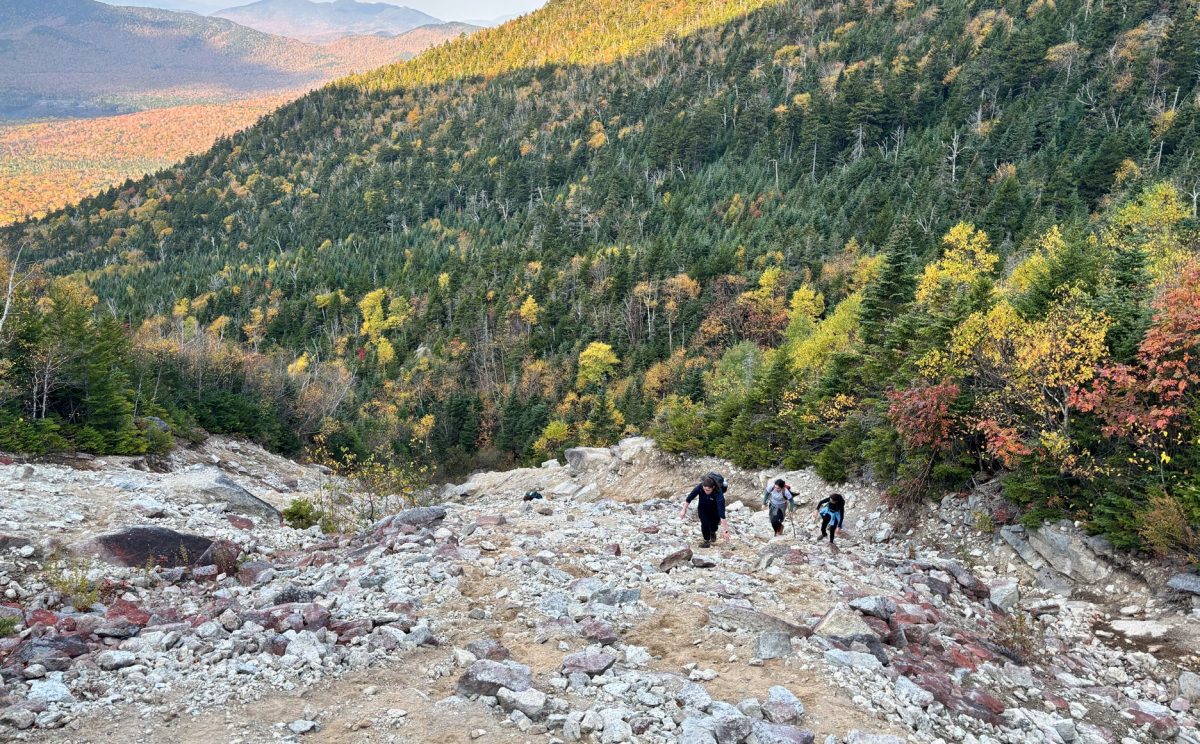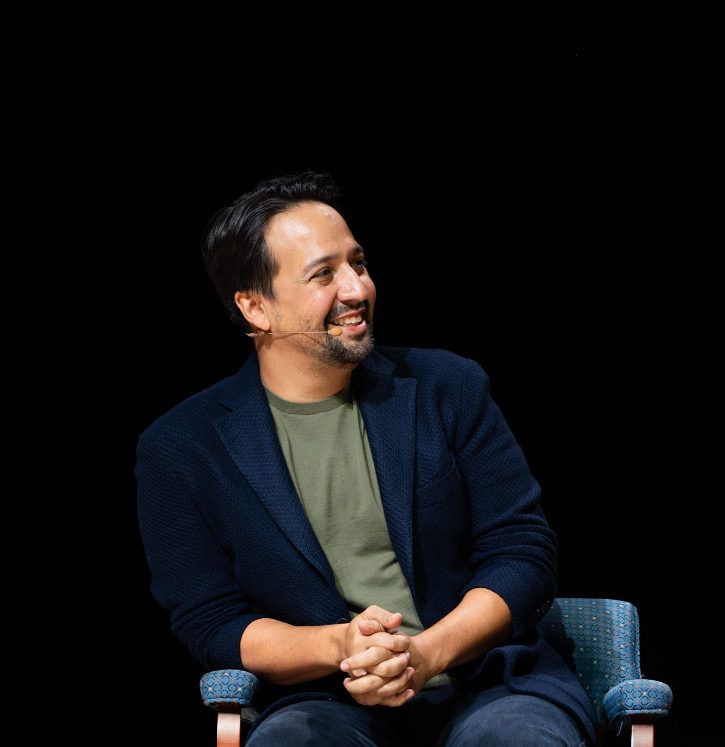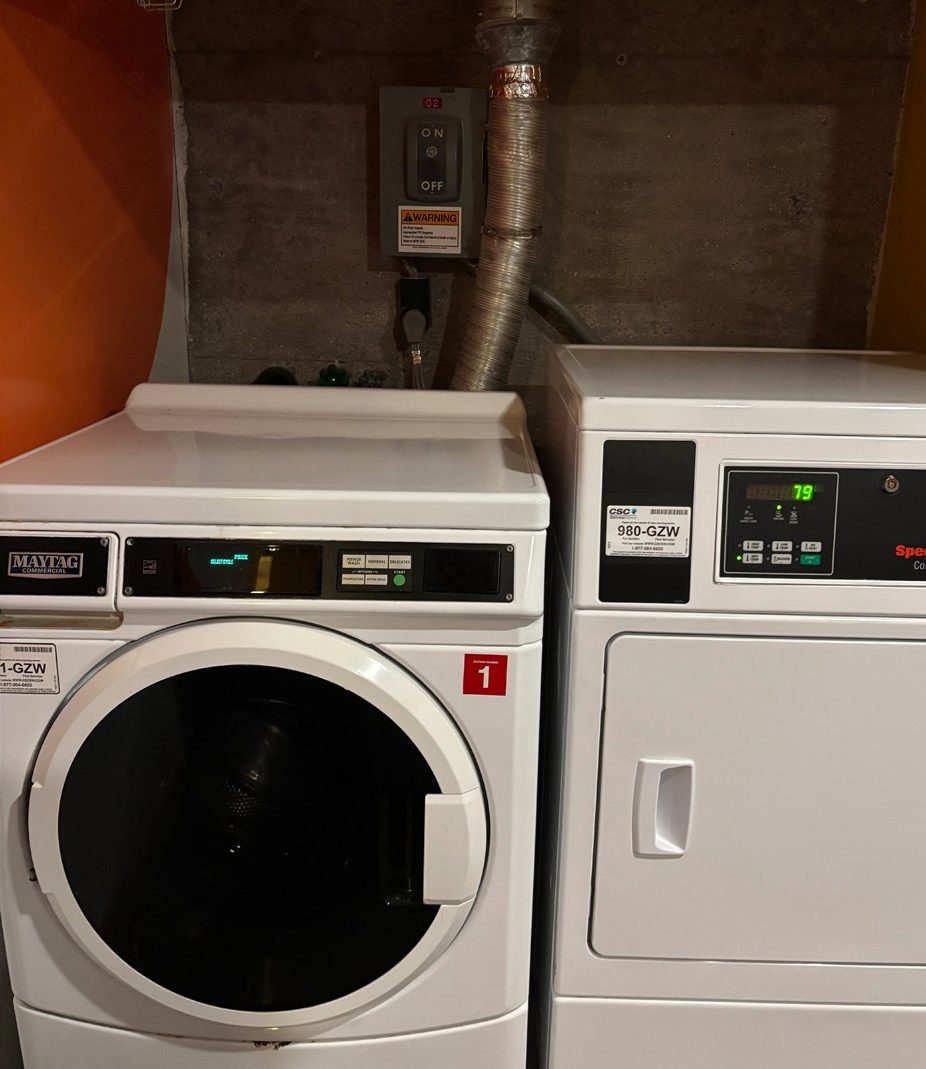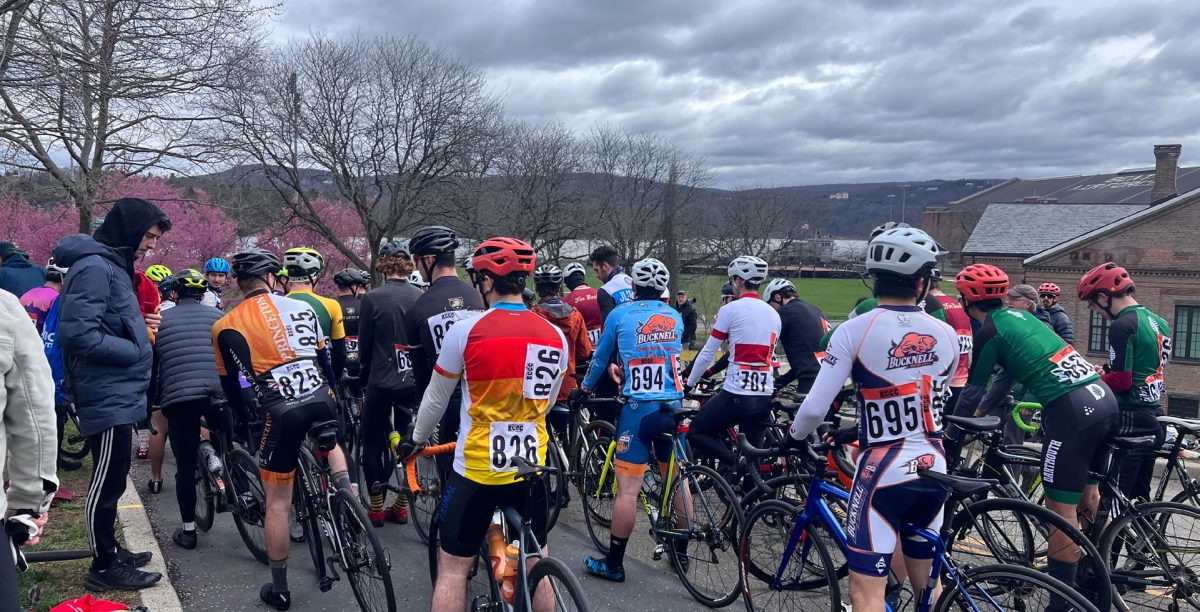
I staggered out of the van into the Glen House parking lot at 6 P.M. last Sunday night, my legs slowly remembering how to walk after 30+ hours of travel from Kathmandu, Nepal. I had spent two weeks trekking in the Annapurna region of Nepal as part of a Hamilton Outing Club trip connected to Professor Maurice Isserman’s Himalayan Mountaineering course. As our group, led by Outing Club director Sarah Jillings, trekked from hostel to hostel, our baggage was carried by porters, our meals served to us by our guides, and at least three times every day we were served tea. The trip was luxurious, blurring the line between frontcountry comfort and backcountry aesthetics. We were exploring some of the most rugged terrain in the world with wifi available for 200 rupees (about two dollars U.S.).
From the get go, the idea of having porters carry our bags put a twist in my stomach. Perhaps it was my pride, maybe my elitist view of outdoor appreciation. But for my entire life, being outside meant self-sufficiency, and the format of this trip defied my outdoor “ethic.”
But what was that ethic worth? We trekked through villages that solely existed to accommodate trekkers, their economies irreversibly transformed by a massive influx of Western tourists beginning in the 1980s. Our meals, packed in on the backs of porters or mules, were overwhelmingly westernized, comprised of pasta, french fries, and mild soups. We were living a curated cultural experience in a world transformed by our own economic input. Porters would pass us as we trekked, and as they did I was overcome with guilt and shame that we had everything done for us and could not even be bothered to carry our own clothes. It felt uncomfortably imperialist, paying local people to serve our every whim as we took pictures and marveled at the landscapes.
But just like my artificially constructed “outdoor ethic” was based on a mixture of pridefulness and elitism, so too was my view of our impact on the people supporting our trek. Before Western tourists began pouring into Nepal in the 1980s, the majority of villagers in the valleys surrounding the Annapurna massif were subsistence farmers, working terraced plots on the rocky, steep mountainsides and raising buffalo, chickens, and yaks. Before the “Excellent Best View Lodge” and “Annapurna Approach Great Outlook Hotel” and dozens of other so-named hotels popped up along the route to Annapurna base camp, life in the mountains was dictated by monsoons and crop yields.
Our guide on the trip, Chandra, owns his own trekking company and said that when he entered the business twenty-five years ago there were only a handful of trekking companies in Nepal. Today, there are thousands. The trekking business has brought massive economic growth to the region, and has pivoted the local economy from agriculture to tourism. Because we were trekking with Nepalese guides employed by a Nepalese owned company, the money that we spent on this trek would be recirculated into the Nepalese economy. While the pervasion of English and the “German bakeries” in some of the hillside towns may have offended my privileged, neoliberal sensibilities and corrupted my ableist image of the outdoors, the supposed “ethical issue” that I saw came down to one fundamental oversight. I was only in Nepal for two weeks. The people we relied on are there for their whole lives.
Hopefully without drifting into the realm of white saviorship, I came to acknowledge that my participation in the potentially-exploitative trekking industry was sustaining the livelihoods of the local people. If we were part of the first wave of Annapurna trekkers, who disrupted the local economy and shifted it towards outdoor tourism, we might have faced a more challenging moral question. But given that the villages in the Annapurna circuit are now almost wholly dependent on the trekking industry, perpetuating that industry becomes essential for the guides and porters and lodge owners and chefs who made our experience possible. The twist in my stomach was phenomenally unimportant in the grand scheme of things; the reality is that trekking is a service industry, and the more luxurious it is the more people it employs.
Long story short, I needed to get over myself. My ideal of the “unspoiled wilderness” is just simply not what I was going to get from this experience, nor should it have been. What I did get, however, was the chance to interact with our guides (who were wonderfully kind, generous, and accommodating), our group itself, and the natural world, all of which amounted to an incredible experience.
Sincerely,
Peter Case ’21
Editorial Editor

























